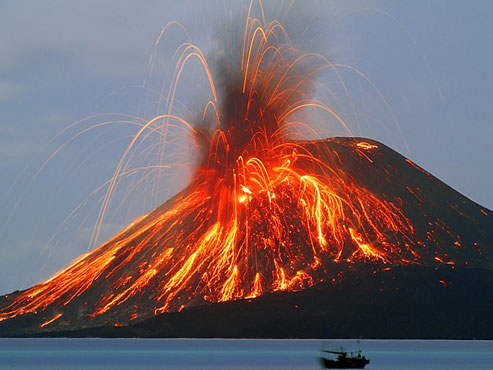Basically, it is the study of the landscape. Geomorphology entails the systematic description of landforms, the analysis of the processes that form them, as well as understanding the function landforms and their response to changes in energy. Geomorphology draws upon all fields of geology.
Difference Between landscape and landform
The landscape is a mountainous terrain; the combined effect of numerous landforms. A landform is an individual feature (slope, valley or mountain or other).
Extragenic Processes that form landscape
Extragenic processes are the processes that produce landforms after outer space impacts, such as meteors. It could produce massive extinctions, craters and large impact structures.
Endogenic Processes that form landscape
Endogenic processes are produced by internal forces of the earth like volcanism and diastrophism (tectonism, orogenesis and epierogenesis).
Exogenic Processes that form landscape
Exogenic processes are produces by external forces of the planet, such as weathering and erosion.
1 example of landforms
One example of landforms is the volcanoes that are an opening in the earth’s surface through which steam, ashes, and lava are forced out.
Bibliography
Bustos, J. (2011). Social Studies seventh Grade, Study guides. Cartago:
Social Science department
Video Related to this topics


